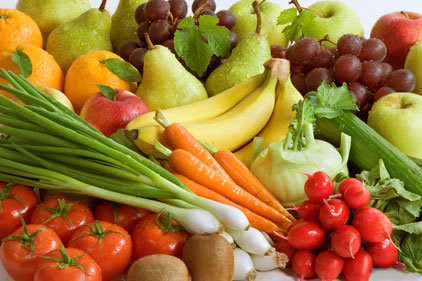The Locavore’s Dilemma

But, this was in my home state of Texas, which brings me to topic: A processor friend recently asked me how he could connect with the “locavore trend,” which is generating so much buzz it typically is referred to as a “movement.” I told my friend not to worry; this so-called trend is a fad, plain and simple. It’s a nice little fad and not unpleasant, but it will never amount to a trend, because it is, by definition, self-limiting. Must all Midwesterners limit themselves to a diet of corn, soy, apples and pork? How many Americans would desire to never eat another banana or coconut here again?
As I transitioned from chef to nutrition scientist to magazine editor, I also transitioned from the big, abundant, year-round growing season of Texas to the Midwest—and limited access to a variety of fresh, local produce—not just in winter but all year long, even at the height of growing season. I remember a Texas friend bringing me okra in June; my brother-in-law sending me home from a late-fall visit with a bag of Ruby Red grapefruit. Desperate times.
In the dead of winter this year, a bumper crop of berries came up from South America. It took decades for that region to “get produce right,” but the quality today is superb; luscious, sweet, fat blackberries filled pyramids of punnets that kept me scurvy-free all winter. (And guilt-free, too.)
For food and beverage makers, supporting nearby suppliers is admirable, but they cannot—and should not—be expected to feed the world healthy, flavorful food solely from their home state. pf
Looking for a reprint of this article?
From high-res PDFs to custom plaques, order your copy today!






